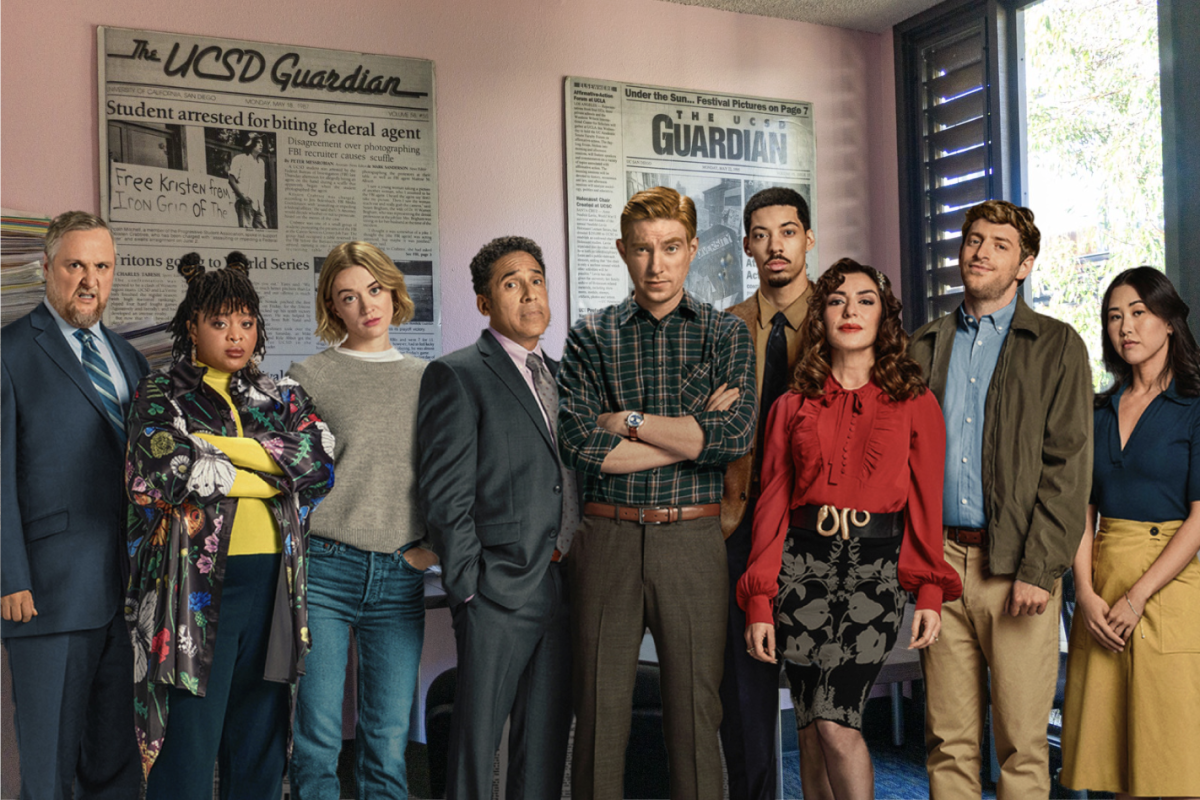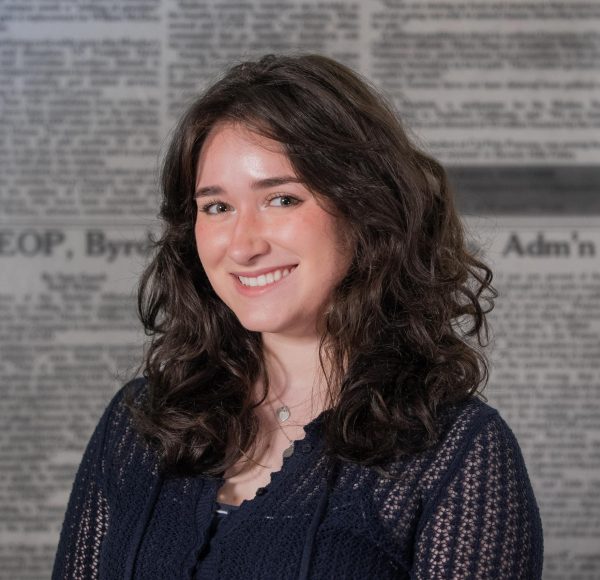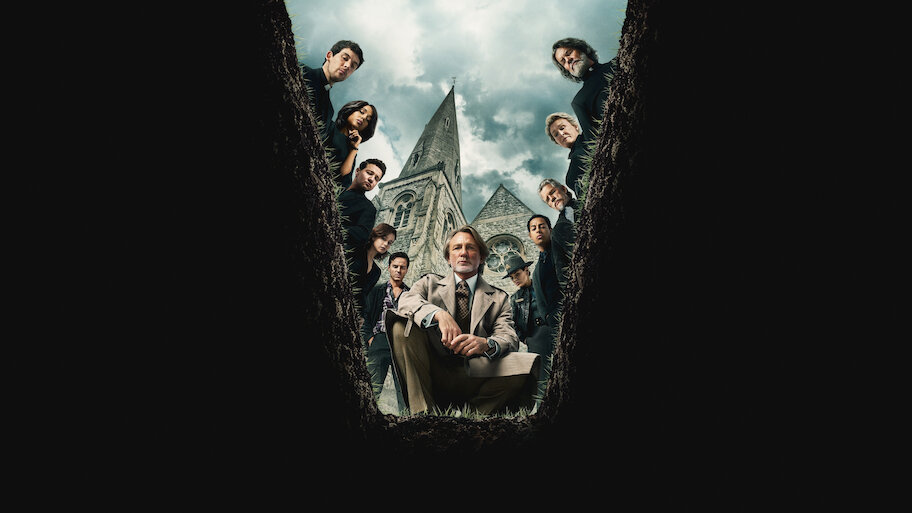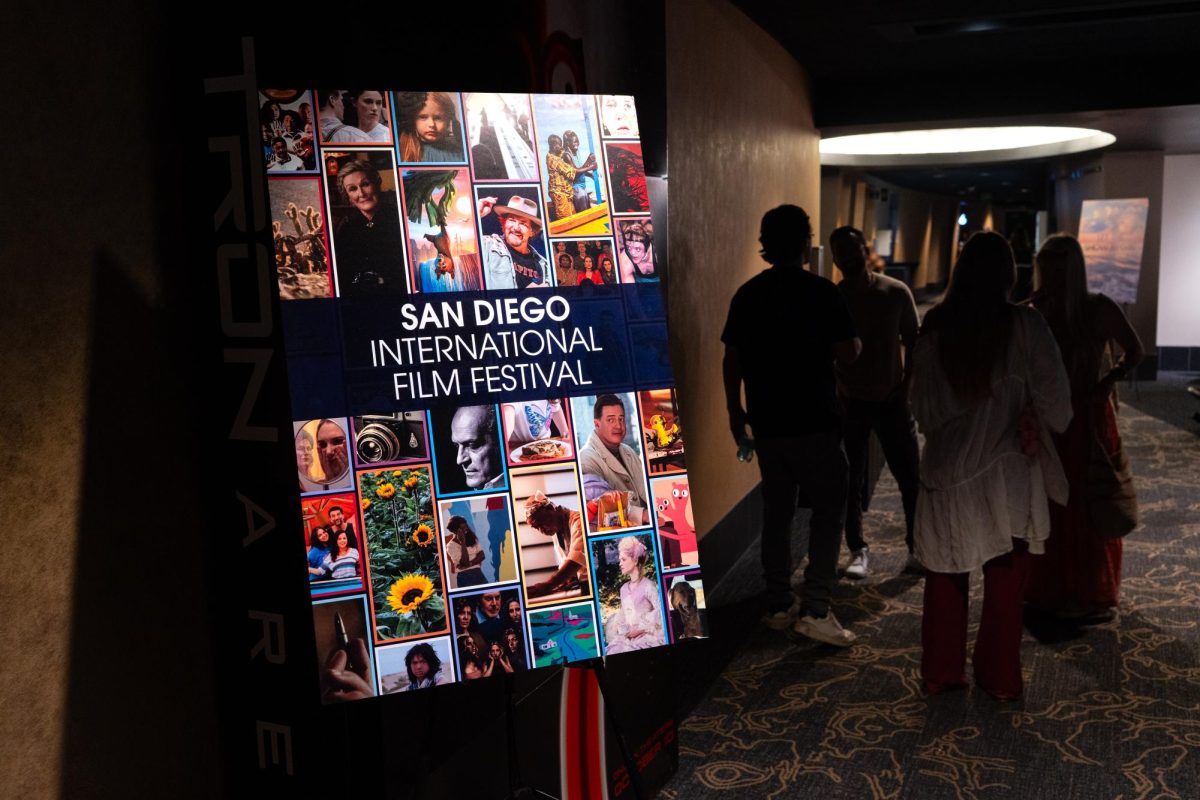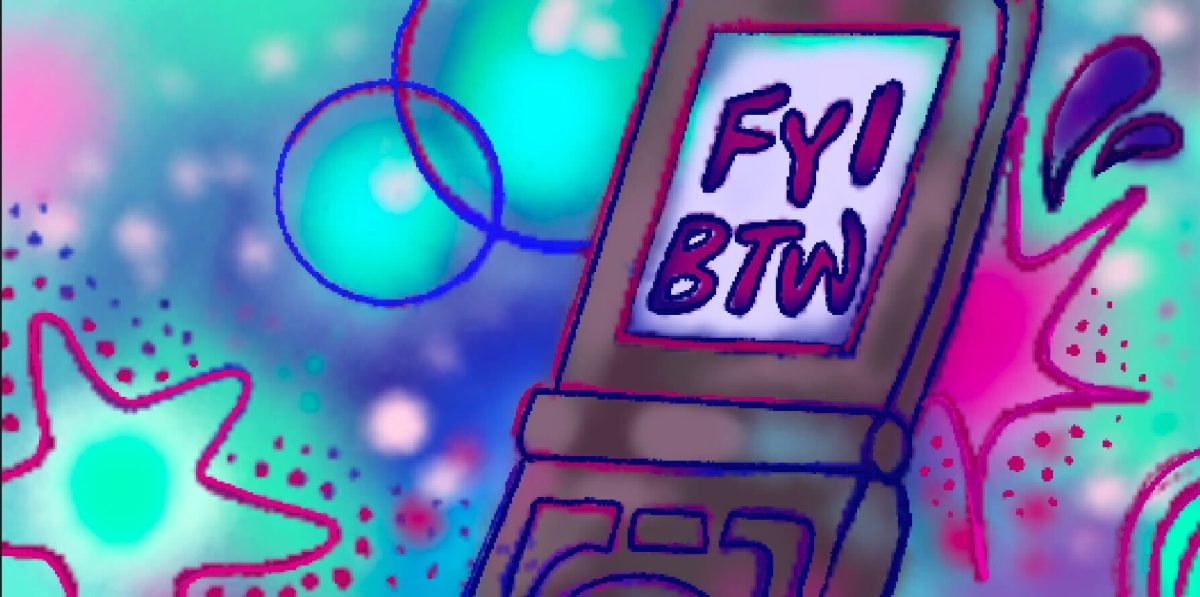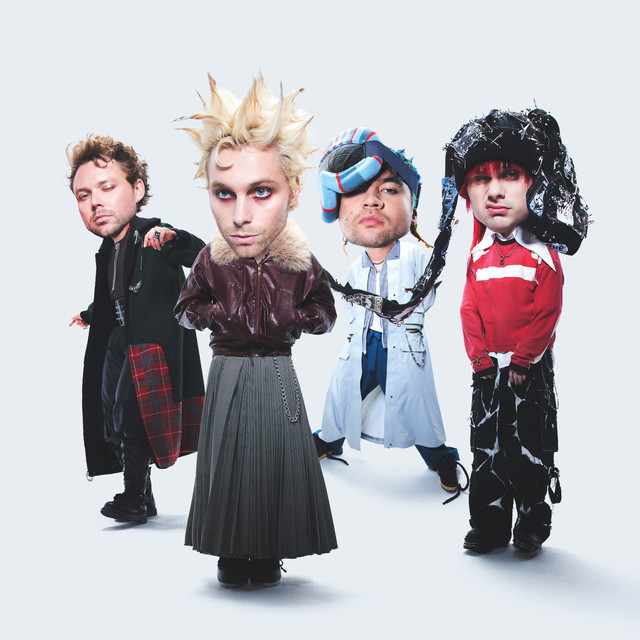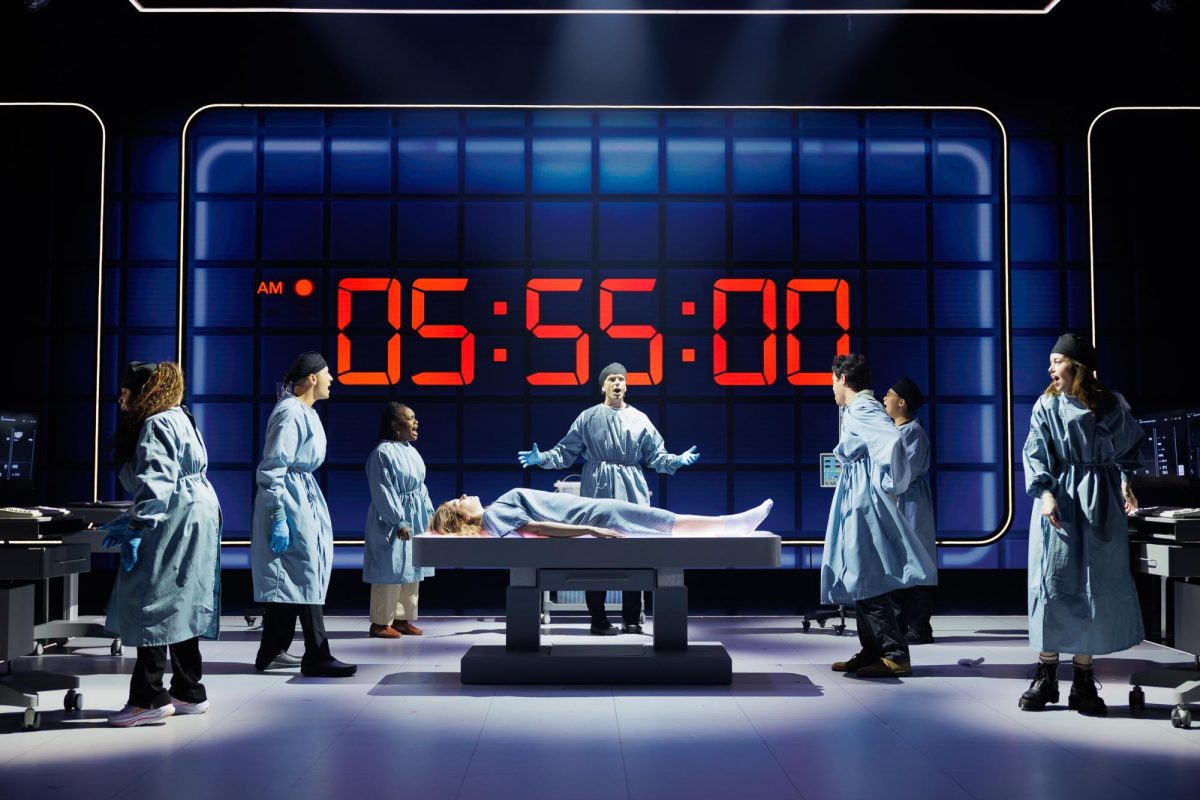After 12 long years of suffering since the finale of the comedic masterpiece, “The Office,” starving fans will be happy to see a glimmering oasis within reach. From creators Greg Daniels (“The Office”) and Michael Koman (“Nathan For You”) emerged a new brainchild: a less racist, slightly more woke, and just as funny mockumentary, “The Paper.”
With laugh-out-loud writing and the distinct filming style of “The Office,” “The Paper,” which aired this past September with Season 2 already in the works, delivers a bit of that old mockumentary fix. Anyone who spent their middle school years deciphering the raunchy, “They could never make this show again today” jokes from “The Office” and now misses Jim Halpert’s iconic fourth wall breaks will feel nostalgic for the magic of the old cast. While the spinoff is good, I found myself missing “The Office” — yearning for more Jim and Pam slow burn and Michael Scott antics.
The events of “The Paper” begin with the 20th anniversary of the release of “The Office,” as the crew who spent years following Dunder Mifflin’s Scranton branch searches for the company’s original employees. With help from “The Office” guest star, “Bob Vance, Vance Refrigeration,” they discover that Enervate, a paper-product conglomerate in the Midwest, has acquired Dunder Mifflin. The crew makes their way to the Ohio-based business and meets the company strategist, who explains to them that Enervate sells “janitorial paper, which is toilet tissue, toilet seat protectors, and local newspapers. And that is in order of quality.” Oscar Martinez, the beloved Dunder Mifflin accountant who now works for Enervate, immediately recognizes the old documentary crew and scrambles away from them, saying, “Not again.”
The camera crew eventually finds new mockumentary subjects in a ragtag group of Midwestern locals and their new, overly optimistic editor-in-chief, Ned Sampson, who is dedicated to saving their city’s historic newspaper, The Toledo Truth Teller. Before Sampson took over TTT, the paper had been publishing Managing Editor Esmeralda Grand’s “long-form journalism” pieces, including “how much actor Ben Affleck tipped his limo driver,” alongside clickbait articles pulled from the web. Sampson attempts to bring the paper back to its glory days with a team of Enervate’s clueless volunteer reporters. The show follows their attempts at local journalism, highlighting the team’s relationships and Oscar’s sudoku puzzles.
Among Week 0 faux pas in Main Gym and Triton2Go wait times longer than most finals, a shining beacon of opportunity was presented to me. At a virtual roundtable meeting alongside other college newspapers from around the country, I had a chance to speak with “The Paper” cast members Chelsea Frei, Melvin Gregg, and Ramona Young. One of the series’ immediate highlights is its all star team, and after a quick glance at the credits, it seemed that there is simply no way the show is not good. As a diehard fan of the teen drama “Never Have I Ever,” having the chance to interview Ramona Young was a dream come true. Being a college journalist for a local newspaper, this opportunity meant a lot, as it felt like the creators of the show really cared about connecting with the journalism community.
The trio answered students’ questions on topics ranging from the fundamental differences between their show and “The Office” to their thoughts on the infamous vomit scene in “The Paper.”
On the differences between “The Office” and “The Paper,” Frei, who plays Mare Pritti, a disillusioned compositor, said, “I think the thing that I love about our show is that there is so much hope. I think that’s kind of what differs it a little from ‘The Office’ is this kind of banding together to make something really special and important.”
Explaining the similarities between the two shows, Frei shared what having some of the original cast and crew brought to the filming process. Both shows’ signature mockumentary style captures characters’ facial expressions and inner feelings up close. The use of high-definition cameras combined with normal, sometimes unflattering, lighting place the characters and viewers in a relatable setting. On the importance of this, Frei said, “And I think why there were so many, you know, original ‘Office’ crew members and writers is there’s a difference to the authenticity of the show.”
When asked about how the cast prepared to play journalists, Frei shared that her character had a background in writing for Stars and Stripes, the U.S. military’s newspaper. “So, in preparation, I read a lot of books about tank drivers in various wars,” Frei said. Daniels also asked her to write an article about the retirement of the Navy Bulldog mascot to keep on Mare Pritti’s desk for filming, which she felt prepared her well for the role. “And I’m like, so proud of it,” Frei said. “It’s kind of a nice thing to be able to look at when I feel like I’m a fraud and shouldn’t be there.”
Like TTT, The UCSD Guardian has had its fair share of the usual trials and tribulations of local journalism, ranging from budget cuts, increasing public skepticism, and a lack of crossword (Check out upcoming issues for the new game section). Seeing some of those crises play out on my MacBook screen was surprisingly honest, and it filled me with hope that the show would help to spread awareness about the struggling industry.
When I asked the cast members what they hoped their show would teach audiences about the value of local coverage, Frei shared, “I think [‘The Paper’] shines a light on its importance. And I feel like it’s just getting more and more important.” The actress explained, “These places need to exist because sometimes they have the most relevant information to the town.”
Young, who plays a no-nonsense circulation staffer, chimed in: “I think [a] local newspaper, you know, it promotes our community, it promotes the quality of having one-on-one relationships; whether you’re interviewing someone or finding a story, it’s so important.”
Inspired by these virtual roundtable discussions and Young’s take on the importance of community, I kept the questions going with members of The Guardian, asking them about the TV series and how they felt it portrayed our beloved print media.
Kurt Johnston, The Guardian’s managing editor, shared his thoughts on “The Paper”: “The similarities between The Toledo Truth Teller and The UCSD Guardian probably start and end at ‘being a newspaper.’ But the qualities inherent to journalism portrayed in ‘The Paper’ — thankless hours of work, varying degrees of chaos, and incredibly passionate, hard-working people — reminded me of why I love The Guardian. I recommend watching for the sake of our lovely dying medium, even if the show is mediocre at best.”
Sonia McSwain, creative and projects editor, said: “Working at a newspaper can be stressful and at times overwhelming, but it’s also extremely rewarding and uniquely fulfilling. ‘The Paper’ attempts to capture these feelings and the mayhem of a newsroom but finds more strength in the cast of rowdy characters that make up The Toledo Truth Teller. Though Ned, Esmeralda, and the rest of the team are nowhere near perfect, I couldn’t help but see bits and pieces of them that reminded me of my friends at The UCSD Guardian. I’m glad something like this exists so I can say to people, ‘Isn’t this crazy? This is the madness I get to be part of. Isn’t it awesome?’”
Though The Guardian shares many of the struggles of TTT, I am happy to report that one problem it’s never had is bad leadership. Our team has always been beyond dedicated to local coverage, ethical reporting, and the community we’ve built.
After new audiences are introduced to the glitz and glamor of the newsroom through “The Paper,” I expect a landslide of applications for The Guardian to pour in. At the very least, I have high hopes that the buzz from the show will mitigate the side eyes and hushed prayers whenever I mention I’m a literature and writing major.



